Motorcycle Beginner: Buying Riding Gear
With my new temporary license burning a hole in my wallet, I was eager to get out there and start riding right away. Of course, I realized I still have much to learn, starting by enrolling in a certified riding school. In my case, I decided on the Motorcycle Training Centre at my alma mater, Humber College in Toronto. I booked a date at the riding school and spent a couple of weeks re-reading my motorcycle operator’s manual and practicing leaning into turns in my ’98 Nissan Altima.
But before I start at the riding school, there was still the important task of getting riding gear.
Joe Rocket was kind enough to supply us with a full set of street riding gear for this beginner series, but there was a slight snag. A shipping error meant the big box of Joe Rocket goodies would not arrive in time for my scheduled riding school class.
While this was a bit of a setback, it did present me with an opportunity to do something every new rider should enjoy but what I would have otherwise missed: going shopping!
Mission Parameters
I decided to approach the situation from how an average new rider might. I would go to a local dealership and shop like a regular customer. I gave myself a budget of $500 (thanks mostly to a $458.82 tax refund check that arrived earlier in the week) with the goal of acquiring the gear I needed for the riding school. I wanted to get equipment that I would feel safe and confident wearing, without having to break the bank to afford it. A $700 Valentino Rossi replica AGV helmet and a $1500 Dainese leather suit might look cool, but I just want to commute to work, not ride the Corkscrew at Laguna Seca.
The Humber College Motorcycle Training Centre has a list of minimum riding gear for its students. The course’s requirements are a DOT-approved helmet, a riding jacket, gloves that covered the wrists and boots that covered the ankle. Motorcycle-specific riding pants are recommended, but a sturdy pair of jeans is acceptable. Eye protection is recommended, but not required, as is wet-riding gear in the event of rain (a likely possibility in late April).
Kevin Duke’s Gear AdviceMotorcycling is inherently riskier to life and limb than traveling on four wheels, so it’s always discomforting to see newbies on the road without the proper riding gear. But any rider who has hit the deck either praises the protective quality of their gear or wishes they could go back in time to be properly protected.
Even a simple low-speed spill can result in severe abrasion and orthopedic consequences, and accidents have a way of happening when you least expect them. Getting a good set of gear might be one of the best investments you’ll ever make, so be sure to budget for a snug-fitting helmet and an armored jacket.
Don’t forget about protection for your outer appendages. I cringe when I see people riding without gloves. Imagine the pain if you tripped and fell while running at your top speed of about 15 mph. Now imagine the gory result if you were falling at 40 or 50 mph. Riding without gloves is stupid or ignorant, and you don’t want to be in either category.
Protective footwear is another area in which some riders don’t give enough thought to. Your feet can be damaged even during a simple tip-over, and the harmful consequences increase with speed. I still have a scar on my foot from low-siding my first bike while wearing running shoes. If I was wearing proper boots, I would’ve emerged completely unscathed. I would’ve gladly paid the cost for boots to avoid that pain and suffering, and I now never ride without decent foot protection.
- Kevin Duke
Priorities
Knowing that the Joe Rocket gear was going to arrive shortly after the scheduled training course, I made a list of what I needed to purchase for the riding course and what I could make do with what I already own.
A DOT-approved motorcycle helmet was number one on the must-get list. This was, of course, a no-brainer, both literally and figuratively. I may only need it for the training course before switching over to the Joe Rocket RKT 201 helmet when it arrived, but it’s never a bad idea to have an extra helmet handy.
A riding jacket was number two on my list. The riding school required at the very minimum a regular denim jacket (and as a card-carrying Canuck, I’ve already got a Canadian Tuxedo hanging in my closet) but I wanted something that offered more protection for my back, shoulder and elbows. At the same time, I wanted something well ventilated and suitable for a variety of weather conditions.
On the other hand, I decided to make do with jeans instead of armored riding pants. A helmet and jacket would take up a bulk of my budget, but riding pants are a bit of a luxury, especially with a pair of Joe Rocket armored denim jeans on their way.
I applied the same logic for footwear. The Humber Riding School required at a minimum boots that covered the ankle. I have a good pair of hiking boots I bought the previous winter that would be enough until the Joe Rocket Big Bang Boots arrived.
Gloves were another matter however. The only thing I had on hand was a pair of leather work gloves but they were slightly loose-fitting and did not cover my wrists. Gloves were likely to be the least expensive equipment I would pick up, so I figured it’d be worth the investment for gloves with added palm and knuckle protection.
More by Dennis Chung



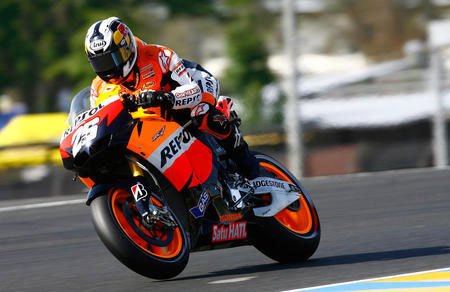







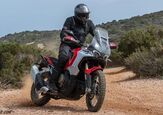

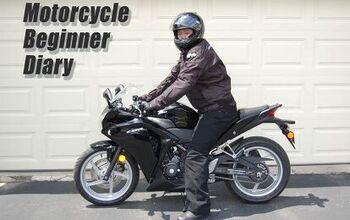
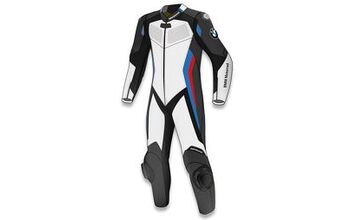
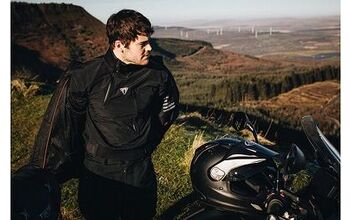














Comments
Join the conversation